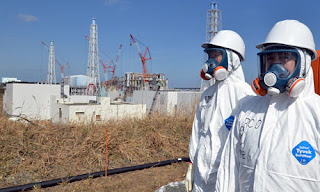This site was created by Itzhak Brook MD. It is devoted to the treatment of infections associated with acute radiation sickness.
The accidental or hostile exposure of individuals to ionizing irradiation is of great public and military concern. Radiation sickness (acute radiation syndrome, or ARS) occurs when the body is exposed to a high dose of penetrating radiation within a short period of time. Systemic infection is one of the serious consequences of ARS. There is a direct relation between the magnitude of radiation exposure and the risk of developing infection. The risk of systemic infection is higher whenever there is a combined injury such as burn or trauma. Ionizing radiation enhances infection by allowing translocation of oral and gastrointestinal flora, and reducing the threshold of sepsis due to endogenous and exogenous microorganisms. The potential for concomitant accidental or terrorism-related exposure to bio-terrorism agents such as anthrax and radiation also exists.
This site is made of a home page that presents new developments and updates on the management of acute radiation syndrome including concomitant exposure to radiation and anthrax. Separate pages are dedicated to the treatment modalities.






